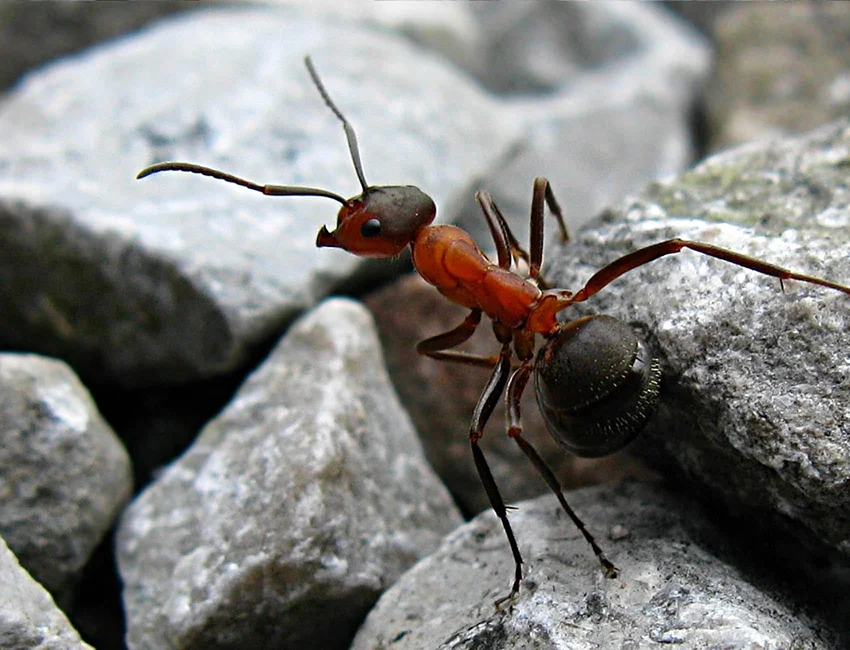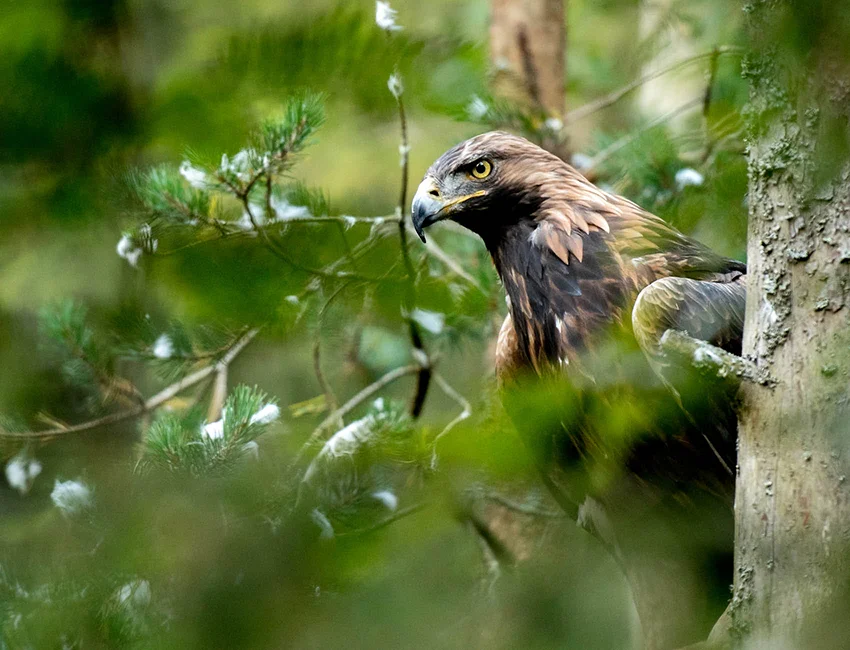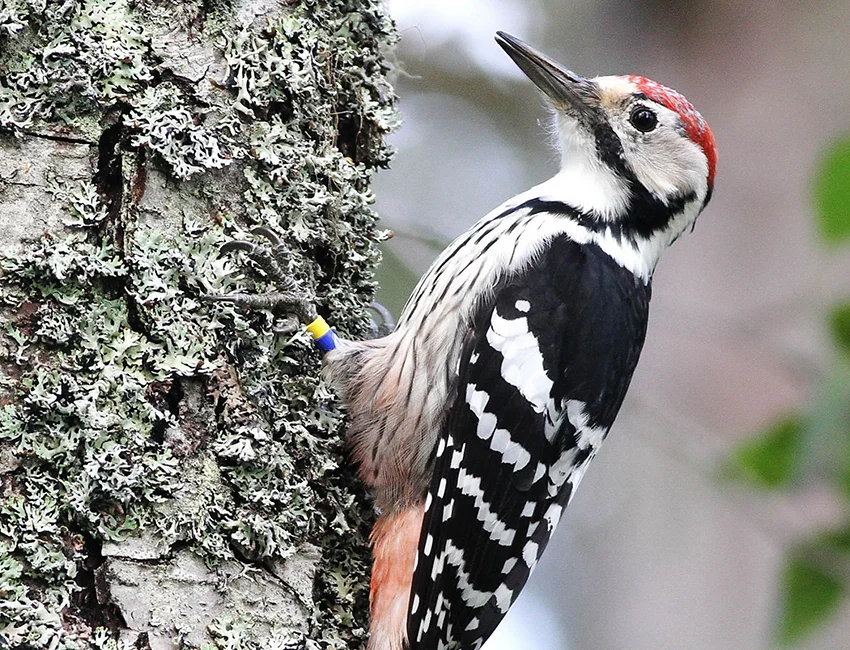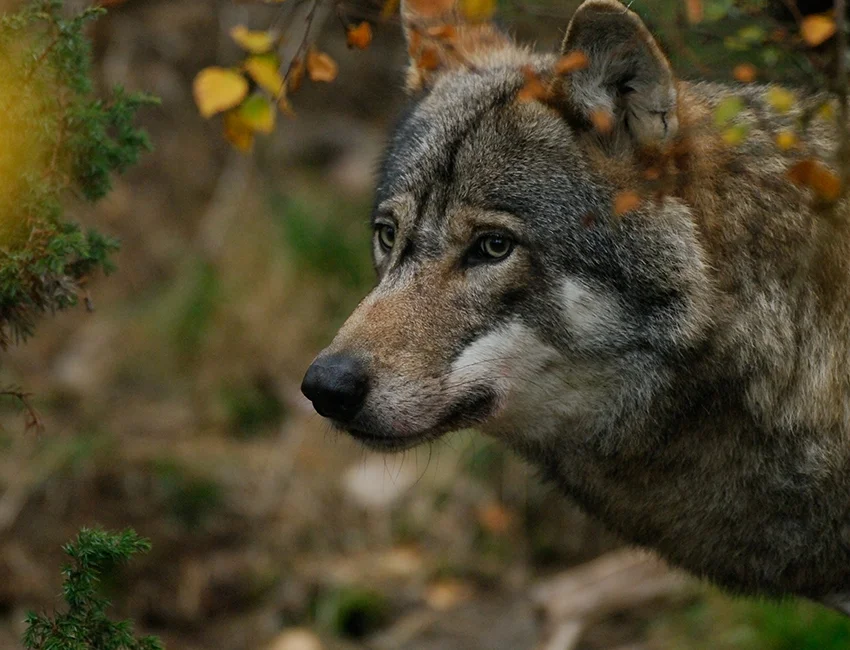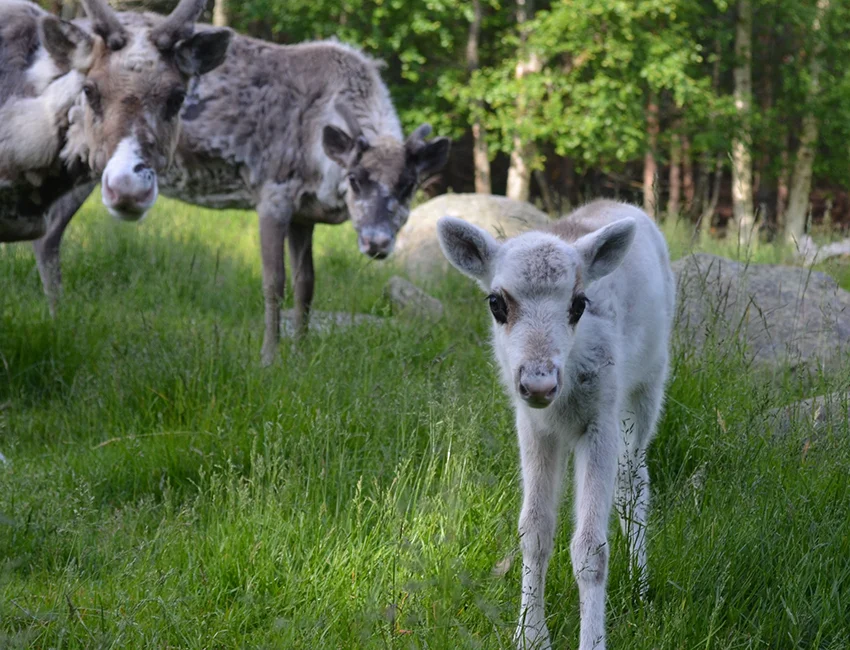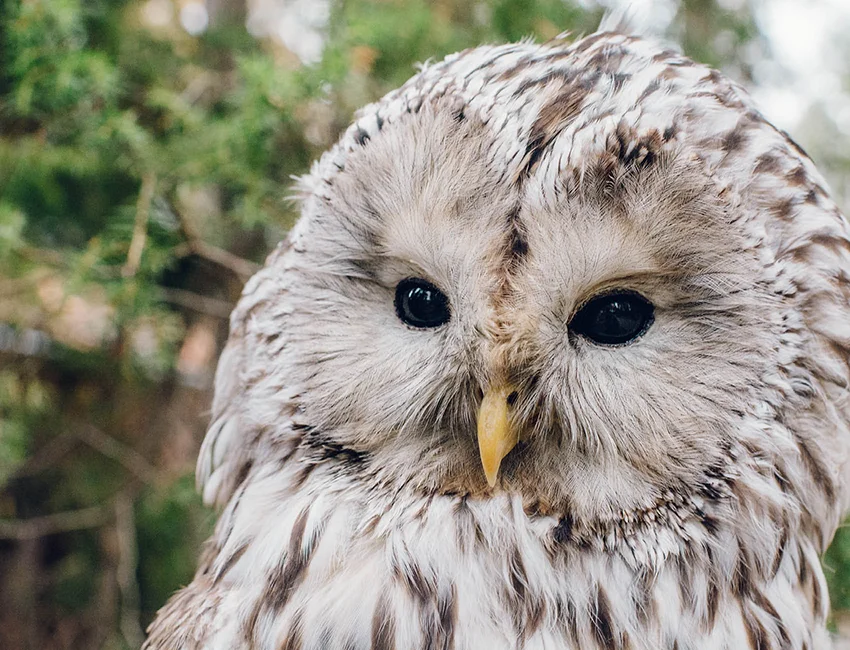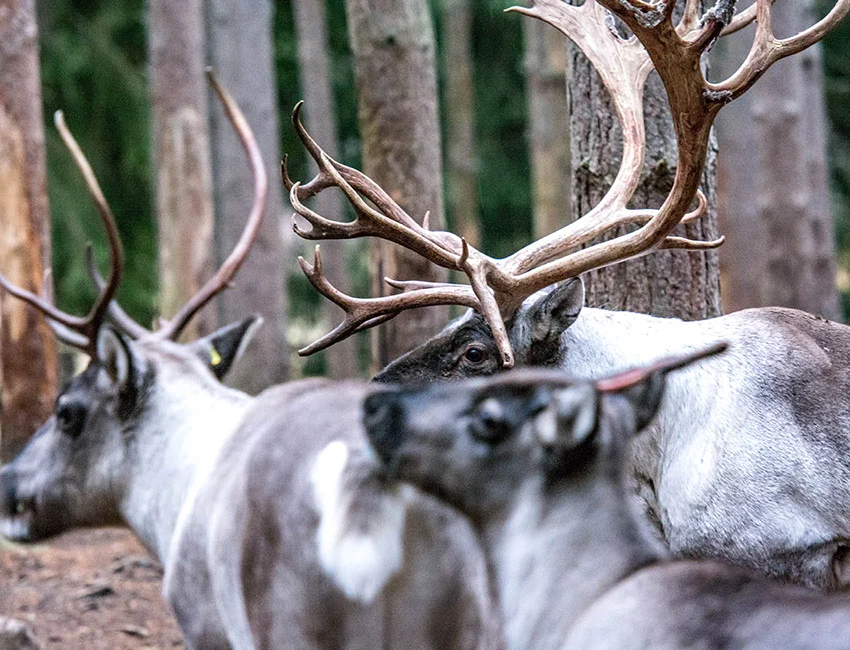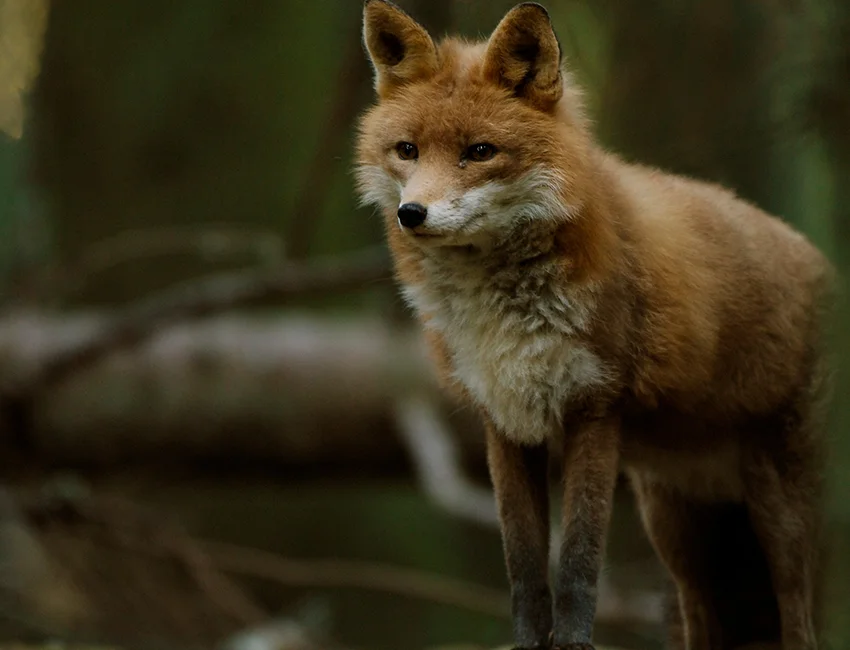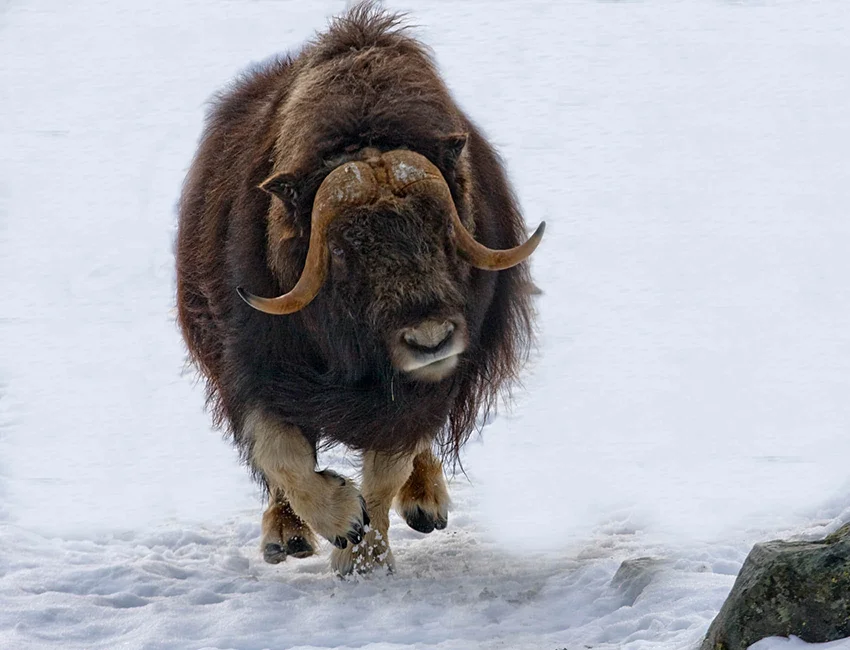The muskox
Ovibos moschatus
The muskox is the last of the large ice age animals. They lived with mammoths and woolly rhinoceros during the recent ice age, in Sweden and other places. Mammoths and woolly rhinoceros have long been extinct, while muskoxen live in the barren and cold tundra areas in the far north.
About
In Sweden there are a small amount of them left. A muskox looks like a long haired sturdy cow with a light brown coat often with lighter patches. Both male and female musk oxes have long, curved horns but the male’s are larger.
They eat lichen, grass and shrubbery. Musk oxes live in groups, but grown males often roam by themselves. The males use their horns to fight for the females. Mating takesplace from July-August and the calves are born the following spring.
Fact
Class: Even-toed ungulates (Artiodactyla)
Scientific name: Bovids (Bovidae)
Conservations status: NE
Size: Shoulder height 130-165 cm. Length 200-250 cm.
Weight: Males – up to 450 kg (in Sweden). Females – up to 200 kg (in Sweden).
Number of youngs: 1-3
Did you know that:
In order to strengthen the genetic base of the muskox strain, transplantation of individuals from zoos to the wild has taken place. Vildriket has been involved in such transplantation.
A young bull out on a wandering ended up once down in Färila in Hälsingland, where it was anesthetized and moved back to western Härjedalen.
The muskox does not smell musk, and the name is thus misleading, but the musk ox has scent glands that sit in front of / below the eyes. These glands swell during the rutting and give off a secretion that smells.
An adult muskox can shed 2.5 kg of bottom wool. Half a kilo spun into a 40-fiber thread would be enough for a 40-km long thread!
Muskoxen are peaceful animals, but if they become irritated and attack, they can be fatal. You should preferably not go closer than 200 meters of a muskox.
Conseravation status







